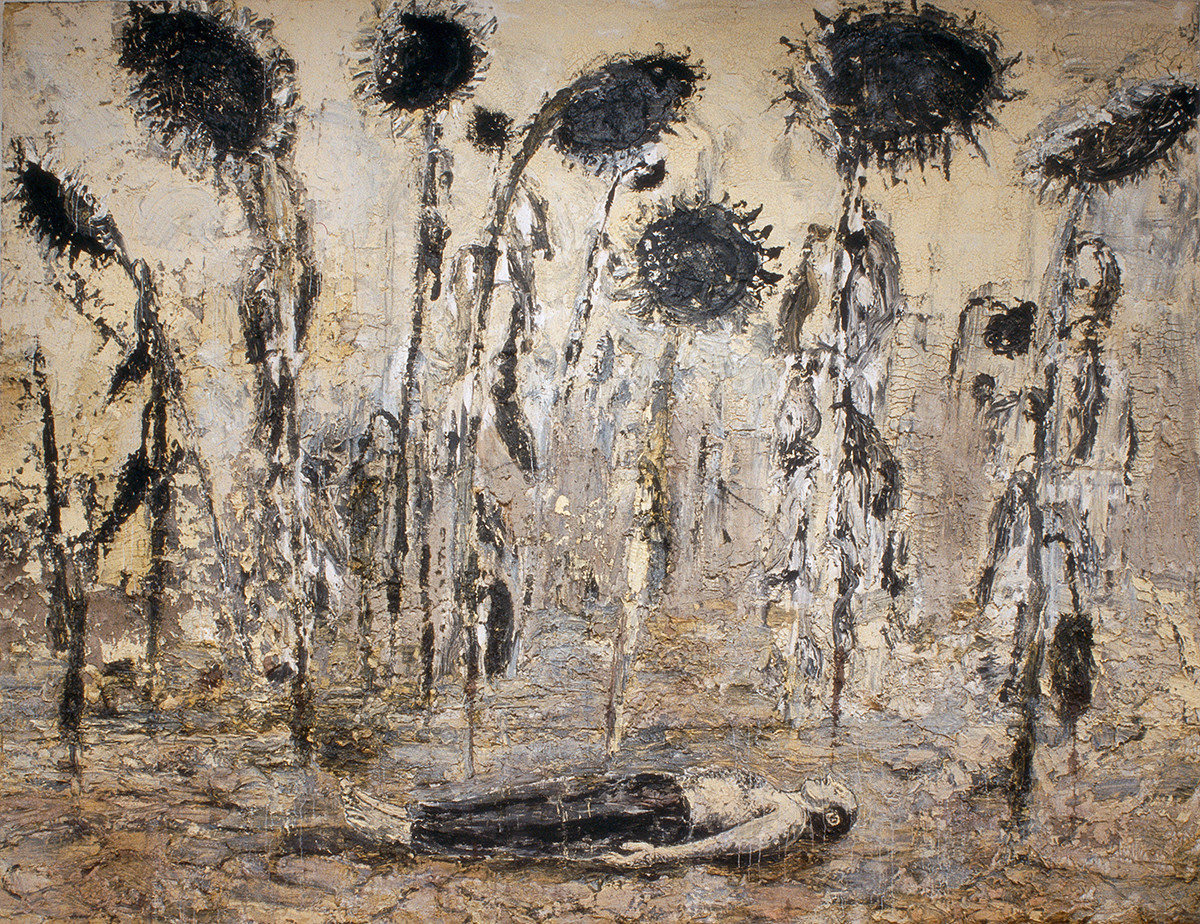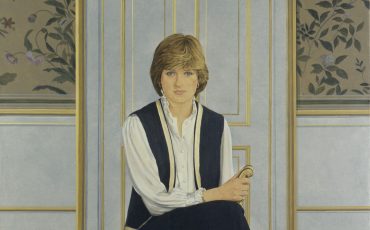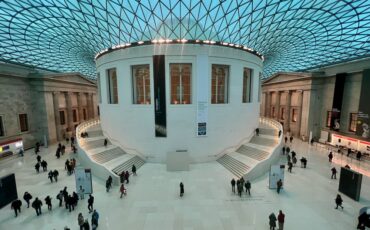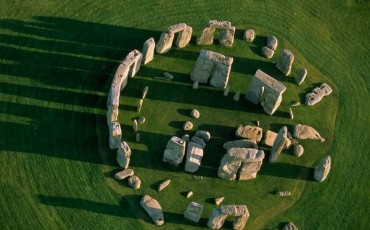In September 2014, the Royal Academy will present the first major retrospective of work to be held in the UK by Honorary Royal Academician, Anselm Kiefer. This will be the most significant exhibition of the German artist’s work ever held in the UK, spanning his entire 40-year career and unveiling new work created in direct response to the Royal Academy’s spaces.
Kiefer’s extraordinary body of work includes painting, sculpture and quite simply monumental installations. Uncompromising in the subject matter he tackles, Kiefer’s work powerfully captures the human experience and draws on history, mythology, literature, philosophy and science.
Full of brave and provocative work, this exhibition will be a testament to the career of a man driven to confront himself and the audience with the big and complex issues of our world’s past, present and future.
The exhibition at the Royal Academy in London is on from 27 September until 14 December 2014.
 Anselm Kiefer, The Orders of the Night (Die Orden der Nacht), 1996. Photo: ©Royal Academy.
Anselm Kiefer, The Orders of the Night (Die Orden der Nacht), 1996. Photo: ©Royal Academy.







Leave a Reply